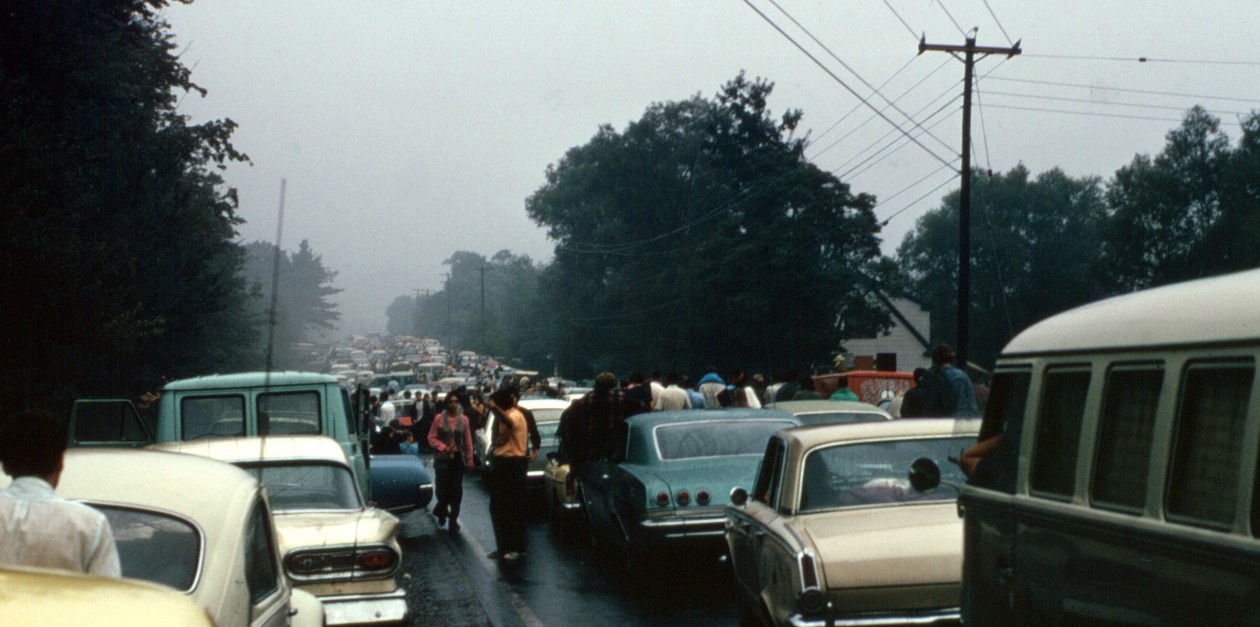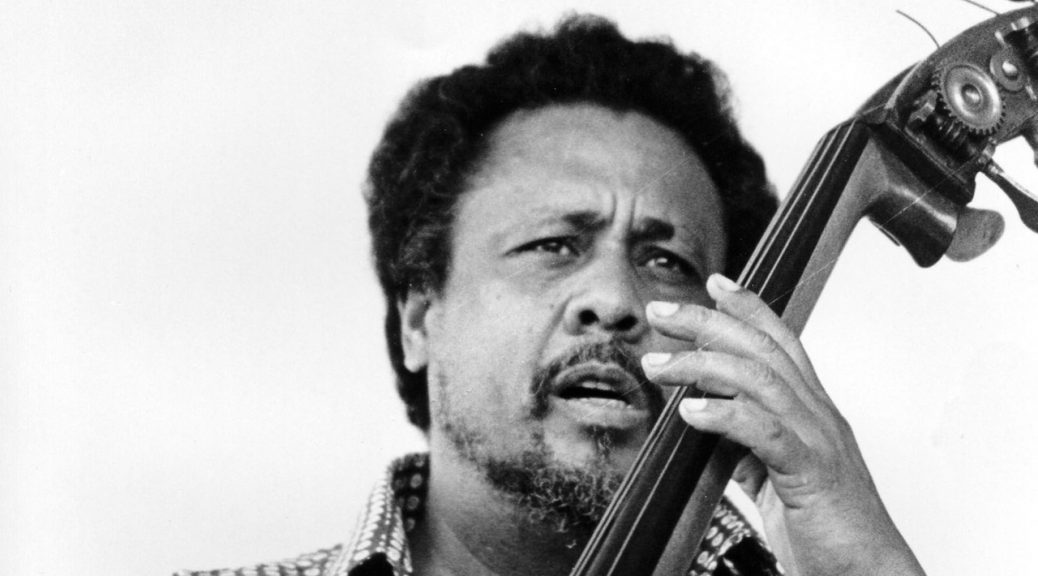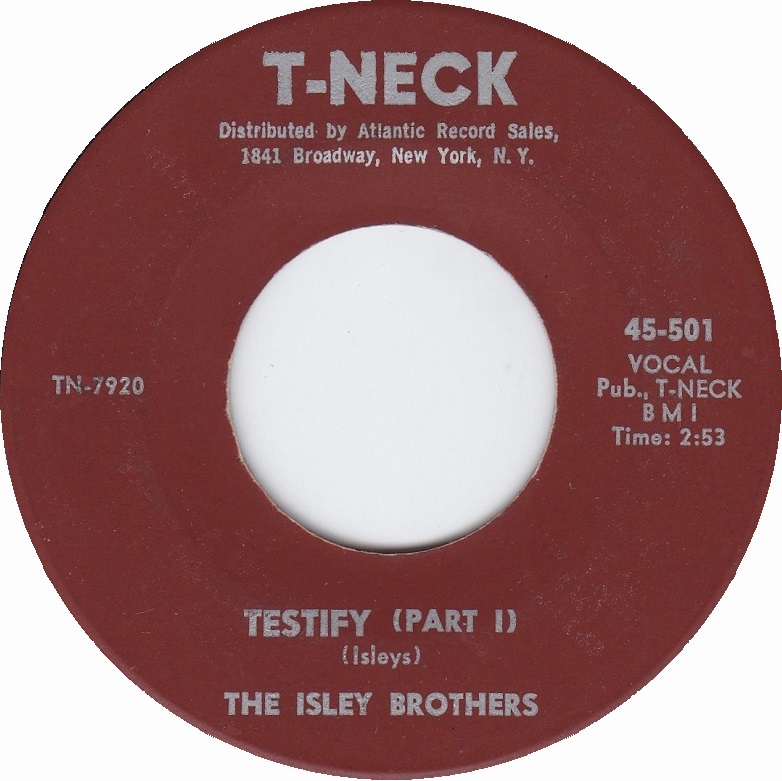March Music et al
Charles Mingus
In March 1960: recorded on 4 February 1959 in NYC’s Atlantic Studios, bassist Charles Mingus released “Blues and Roots” album.
Steve Huey at AllMusic writes: In response to critical carping that his ambitious, evocative music somehow didn’t swing enough, Charles Mingus returned to the earthiest and earliest sources of black musical expression, namely the blues, gospel, and old-time New Orleans jazz. The resulting LP, Blues and Roots, isn’t quite as wildly eclectic as usual, but it ranks as arguably Mingus’ most joyously swinging outing.
March Music et al
Bob Dylan
In March – April 1960: while a student at University of Minnesota, Dylan is introduced to marijuana at parties held at the home of David Whitaker. (see mid-December 1960)
John Coltrane
In March 1961: John Coltrane released “My Favorite Things” album. His cover The Sound of Music song became Coltrane’s most requested song.
Lindsay Planer at AllMusic writes: “Although seemingly impossible to comprehend, this landmark jazz date made in 1960 was recorded in less than three days. All the more remarkable is that the same sessions which yielded My Favorite Things would also inform a majority of the albums Coltrane Plays the Blues, Coltrane’s Sound, and Coltrane Legacy.“
In March 1962: John Coltrane released Coltrane “Live” at the Village Vanguard.
March Music et al
Cold War & News Music
In March 1961: Pete Seeger stood trial and was found guilty of obstructing House Un-American Activities Committee work. At his sentencing he asked if he could sing, “Wasn’t That a Time”? The judge refused Seeger’s request and sentenced him to a year and a day in prison. (CW, see Mar 1)
| Our fathers bled at Valley Forge. The snow was red with blood,Their faith was warm at Valley Forge, Their faith was brotherhood. Wasn’t that a time, wasn’t that a time, A time to try the soul of man, Wasn’t that a terrible time?Brave men who died at Gettysburg Now lie in soldier’s graves, But there they stemmed the slavery tide, And there the faith was saved.The fascists came with chains and war To prison us in hate. And many a good man fought and died To save the stricken faith. |
And now again the madmen come, And should our vic’try fail? There is no vic’try in a land Where free men go to jail.Isn’t this a time! Isn’t this a time! A time to try the soul of man, Isn’t this a terrible time?Our faith cries out we have no fear We dare to reach our hand To other neighbors far and near To friends in every land. Isn’t this a time! Isn’t this a time! A time to free the soul of man! Isn’t this a wonderful time! |
March Music et al
Teenage Culture
In March 1963: Wolfman Jack began broadcasting on XERF, a half million watt radio station out of Mexico. The powerful “border radio” stations were famous for their wild on-air activities. The powerful broadcast signals allowed them to be heard across the entire North American continent, making Wolfman Jack the most famous rock ‘n’ roll DJ in the world. (see February 1, 1964)
March Music et al
Stan Getz and João Gilberto
In March 1964: recorded at the A & R Recording Studios in NYC on March 18 and 19, 1963, Stan Getz and João Gilberto released the album Getz/Gilberto album. It had The Girl from Ipanema on it.
Steve Huey at AllMusic writes: “One of the biggest-selling jazz albums of all time, not to mention bossa nova’s finest moment, Getz/Gilberto trumped Jazz Samba by bringing two of bossa nova’s greatest innovators — guitarist/singer João Gilberto and composer/pianist Antonio Carlos Jobim — to New York to record with Stan Getz. The results were magic.”
March Music et al
Jimi Hendrix
In March 1964: as a member of the Isley Brothers, Jimi Hendrix recorded the two-part single “Testify”. Hendrix then went on tour with the Isley Brothers. “Testify” was released in June 1964.
In 1965, Hendrix played a session for Rosa Lee Brooks on her single “My Diary” Around the same time he also backed Little Richard on “I Don’t Know What You’ve Got, But It’s Got Me“. (see October, 1965)
March Music et al
LSD & The Beatles
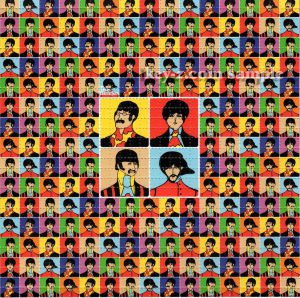 March…July 1965: the precise date of the Beatles first encounter with LSD is unknown, although it’s likely to have been between March and July 1965. It is known that it took place at Flat 1, 2 Strathearn Place, London W2, in the home of 34-year-old cosmetic dentist John Riley. Riley had invited John and Cynthia Lennon, George Harrison and Pattie Boyd to dinner. After the meal he gave them coffee laced with LSD, which at the time was little-known and still legal. (LSD, see Mar 3; Beatles, see Mar 13; Beatles/LSD, see Aug 24)
March…July 1965: the precise date of the Beatles first encounter with LSD is unknown, although it’s likely to have been between March and July 1965. It is known that it took place at Flat 1, 2 Strathearn Place, London W2, in the home of 34-year-old cosmetic dentist John Riley. Riley had invited John and Cynthia Lennon, George Harrison and Pattie Boyd to dinner. After the meal he gave them coffee laced with LSD, which at the time was little-known and still legal. (LSD, see Mar 3; Beatles, see Mar 13; Beatles/LSD, see Aug 24)
March Music et al
Berkeley Barb
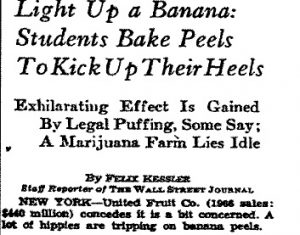 In March 1967: The Berkeley Barb started the smokable banana rumor. Barb editor, Max Scherr, hoping to trick authorities into banning bananas, ran a satirical story which claimed that dried banana skins contained “bananadine”, a (fictional) psychoactive substance which, when smoked, supposedly induced a psychedelic high similar to opium and psilocybin. The Barb may have been inspired by Donovan’s 1966 song “Mellow Yellow”, with its lyric “Electrical banana/Is gonna be a sudden craze.” The hoax was believed and spread through the mainstream press. The Food and Drug Administration (FDA) investigated and concluded that banana skins were not psychedelic. (see In April)
In March 1967: The Berkeley Barb started the smokable banana rumor. Barb editor, Max Scherr, hoping to trick authorities into banning bananas, ran a satirical story which claimed that dried banana skins contained “bananadine”, a (fictional) psychoactive substance which, when smoked, supposedly induced a psychedelic high similar to opium and psilocybin. The Barb may have been inspired by Donovan’s 1966 song “Mellow Yellow”, with its lyric “Electrical banana/Is gonna be a sudden craze.” The hoax was believed and spread through the mainstream press. The Food and Drug Administration (FDA) investigated and concluded that banana skins were not psychedelic. (see In April)
